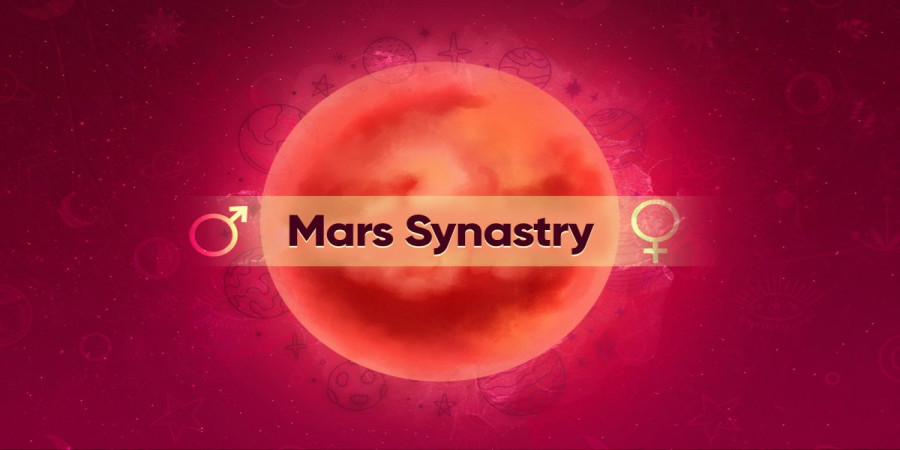

The Magic of Google Drive: Seamless Collaboration
Google Drive has revolutionized the way we store, access, and share information. Among its myriad features, seamless collaboration stands out as the most compelling. This functionality has transformed individual productivity and teamwork, making Google Drive an indispensable tool for millions of users worldwide. This article delves into why seamless collaboration is my favorite feature of Google Drive, exploring its benefits, underlying technologies, and real-world applications.
Introduction to Google Drive
Launched in 2012, Google Drive is a cloud-based storage service that allows users to save files online and access them from any device with an internet connection. It integrates with Google's suite of applications, including Google Docs, Sheets, and Slides, enabling real-time collaboration on documents, spreadsheets, and presentations. With 15 GB of free storage space, robust security features, and easy integration with other Google services, Google Drive has become a cornerstone of digital productivity.
The Essence of Seamless Collaboration
Seamless collaboration on Google Drive is facilitated through several key features:
- Real-Time Editing: Multiple users can work on the same document simultaneously. Changes appear in real-time, allowing for instant feedback and iteration.
- Commenting and Suggesting: Users can leave comments and suggestions without altering the original text, enabling a smooth review process.
- Version History: Google Drive keeps track of all changes, allowing users to revert to previous versions if necessary.
- Sharing Options: Files and folders can be shared with specific people or made public, with customizable access levels (view, comment, edit).
These features collectively enable a fluid and dynamic workflow, minimizing the delays and miscommunications often associated with traditional collaborative methods.
Real-Time Editing: A Game Changer
Real-time editing is perhaps the most transformative aspect of Google Drive's collaboration tools. This feature allows multiple users to edit a document at the same time, with each user's changes instantly visible to others. This functionality is powered by Google's robust cloud infrastructure, which ensures low-latency data transmission and synchronization.
For instance, in a corporate environment, team members from different departments can collaborate on a project proposal simultaneously. Marketing can refine the messaging while finance adjusts the budget, all in real time. This immediacy accelerates the completion of tasks and enhances the quality of the final product through continuous, collective input.
Commenting and Suggesting: Enhancing Communication
The commenting and suggesting features of Google Drive enhance communication within documents. Users can highlight text and leave comments or suggestions, which appear in the document's margin. This allows for a focused and organized review process. Suggestions can be accepted or rejected with a single click, streamlining the editing workflow.
In educational settings, this feature is particularly valuable. Teachers can provide feedback on student assignments directly within the document, fostering a more interactive and constructive learning experience. Students can also collaborate on group projects, with each member contributing and reviewing each other’s work seamlessly.
Version History: Ensuring Control and Flexibility
Version history is another critical feature that underscores the importance of seamless collaboration. Google Drive automatically saves every change made to a document, allowing users to view and restore previous versions. This ensures that no work is ever lost and that users can experiment freely without fear of making irreversible mistakes.
Consider a scenario where a team is drafting a policy document. If a new change is found to be problematic, the team can easily revert to an earlier version of the document. This capability not only enhances control over the document’s development but also provides a safety net for collaborative work.
Sharing Options: Facilitating Access and Security
Google Drive's flexible sharing options allow users to control who can access their files and what they can do with them. Files can be shared with specific individuals via email or made accessible through a shareable link. Users can set permissions to view, comment, or edit, depending on the nature of the collaboration.
This feature is particularly useful in scenarios involving external collaborators, such as freelance designers working with a company's internal team. The company can share design documents with the freelancer, grant them editing rights, and still maintain control over the document's distribution.
Conclusion
Seamless collaboration is the cornerstone of Google Drive's utility and appeal. Its real-time editing, commenting, suggesting, version history, and sharing features collectively create an environment where collaboration is not just possible but effortless. Whether in corporate settings, educational environments, or personal projects, Google Drive's collaboration tools empower users to work together more efficiently and effectively. This capability makes Google Drive not just a storage solution, but a dynamic workspace that fosters creativity, productivity, and innovation.
References
- Google Drive Official Website. Retrieved from Google Drive
- "The Benefits of Google Drive for Business" – TechRepublic. Retrieved from TechRepublic
- "How Google Drive is Revolutionizing Collaboration" – The Verge. Retrieved from The Verge
Popular articles

Apr 11, 2024 07:40 PM

May 25, 2024 08:09 PM

Apr 11, 2024 07:22 PM

Apr 10, 2024 07:59 PM

Mar 14, 2024 07:53 PM
Comments (0)